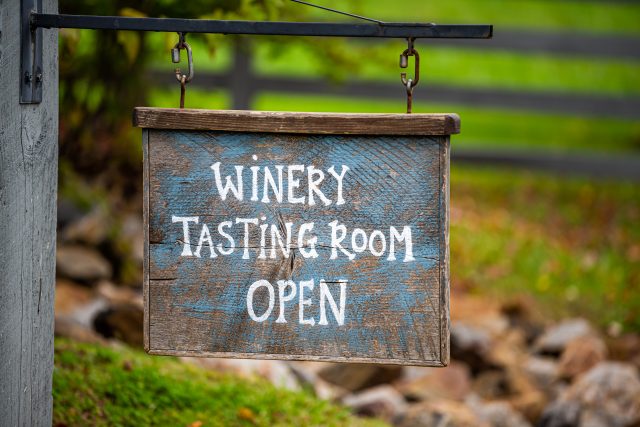This website uses cookies so that we can provide you with the best user experience possible. Cookie information is stored in your browser and performs functions such as recognising you when you return to our website and helping our team to understand which sections of the website you find most interesting and useful.
Secondary tasting rooms ‘a must’ for wineries
Much like producers often have a ‘second wine’, there is a clear benefit to wineries opening a second, more casual tasting room in a different city to the winery’s main facility, reveals new wine report.

‘Second’ tasting rooms have increasingly begun popping up in different US regions over the last 10 years or so, but visits to these did not always translate into bottle sales.
In fact, conversion rates tended to be around 25% to 35% higher in main winery tasting rooms compared to their smaller, often more casual urban counterparts. Until 2021, that is.
According to the 2023 Direct To Consumer Wine Report, published this week by Silicon Valley Bank (SVP), during the past year the results have reversed, with conversion rates in urban tasting rooms now exceeding those at wineries’ headquarters.
At the very minimum, the report says, these results highlight the benefit of having a second, more casual tasting room in a tourist region.
However, only a small number of producers are currently tapping into the benefits.
Washington appears to be well ahead of the game, with 20% of the Washington wineries which responded to the annual report having both a main winery and an urban tasting room.
By contrast, less than 8% of wineries in Napa, Oregon, Paso Robles and Sonoma offer a second ‘urban’ site.
None of the responding wineries from Virginia have an urban tasting location.
Why go urban?
Today, many wine producers are discovering that an urban location should have a different look and feel to their primary tasting facility.
“For higher-priced wine regions, an urban tasting room is an opportunity to present a more entry-level experience — priced more affordably and often geared towards younger consumers,” the SVB report details.
In 2023, guided tastings at urban satellite sites tend to be around US$10 cheaper than tastings held at main wineries, with the average price per person for a standard tasting being US$30 and US$40 respectively.
The US wine region with the highest number of urban tasting rooms is Santa Barbara, while Napa Valley participants reported having the fewest number of urban wineries.
The advantages of opening up secondary tasting rooms in urban locations is by no means restricted to the US.
Earlier this year, the drink business reported how one Barossa wine producer opened a secondary tasting room in Sydney, which “paid for itself” after attracting billionaire visitors to the city centre site.
“One of them bought wine worth AU$100,000,” said Geber. “I would never, ever have met these guys if they hadn’t walked through that cellar door,” said Château Tanunda owner John Geber.
Related news
Vignobles Cruse-Lorenzetti shuffles roles across its four Bordeaux chateaux
Is Monastrell the climate-adaptable grape the industry needs?
The story of Maison Simonnet-Febvre’s new Chablis Premier Cru Forêts

